Intel's Tiger Lake laptops will get 'a dramatic frequency increase' to tackle Ryzen Mobile
With a new 10nm SuperFin process, and brand new CPU core design, Tiger Lake could be something special.

Intel is promising "a dramatic frequency increase" for its next-gen laptop processors, suggesting Tiger Lake could be a real thorn in the side of AMD's mobile Ryzen chips. Intel's latest Architecture Day has unleashed a slew of information, seemingly with the sole purpose of putting to bed any suggestion of the demise of its engineering prowess.
And amid the technological deluge, regarding Intel's ray tracing gaming GPUs and risky Alder Lake hybrid CPUs, is some tangible detail for its soon-to-be-released Tiger Lake laptops. These 11th Gen mobile chips sport the new 10nm production process, and before anyone starts shouting about 10nm+ Intel's come up with a new brand name: 10nm SuperFin.
The Willow Cove cores, which make up the Tiger Lake CPUs, will be the first to deliver the new 10nm SuperFin process to the market. Damn, it's like some Russian doll of Intel CPU codenames, right here.
The SuperFin details seem to be specifically marketed against the idea of Intel losing process leadership to TSMC's 7nm node (and, by extension, AMD), because the new 10nm design is being talked about as a performance jump "comparable to a full node transition."
Released slides suggest the new design is offering between 15 and 20 percent higher performance compared with current-gen Ice Lake chips.
The process improvements mean the Willow Cove cores can offer both higher voltage and higher frequencies, at the same time, and the indications are that we're looking at potential clock speeds getting within touching distance of 5GHz. Though probably only for a very short time.
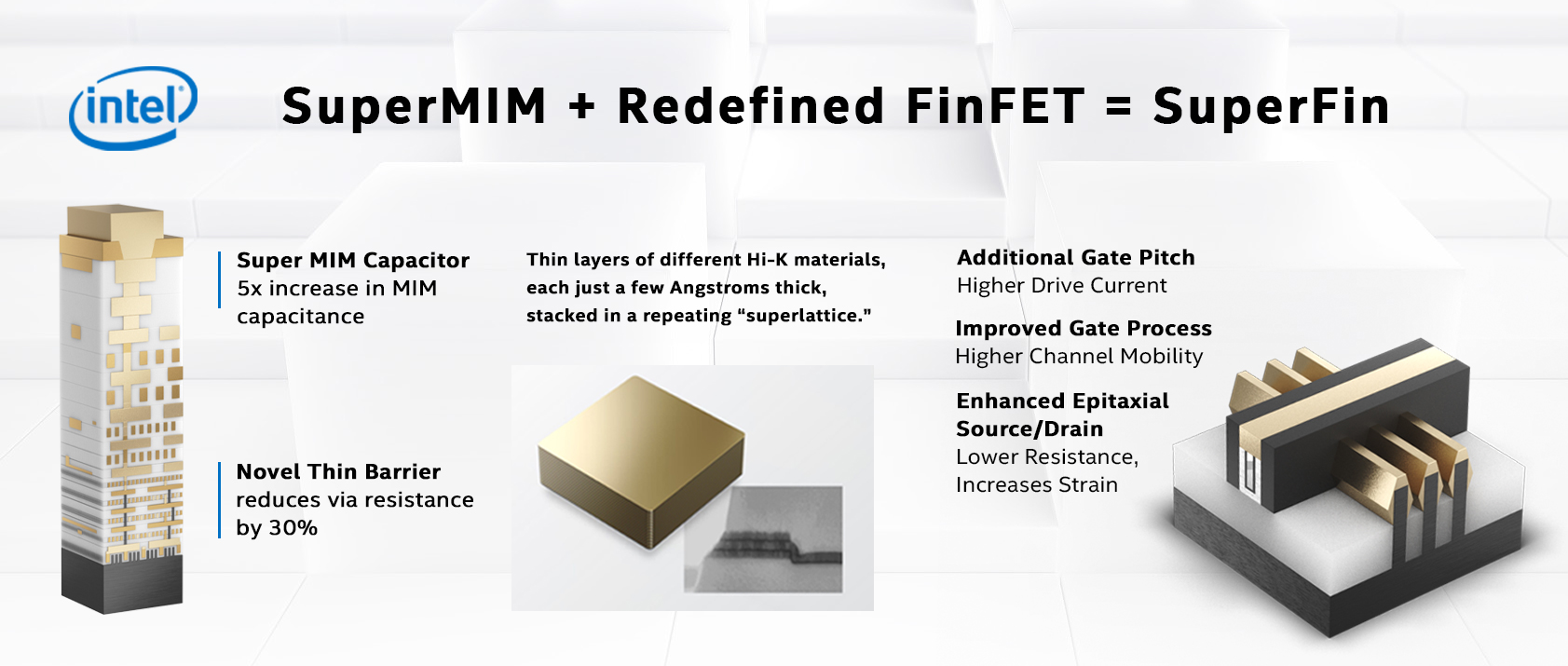
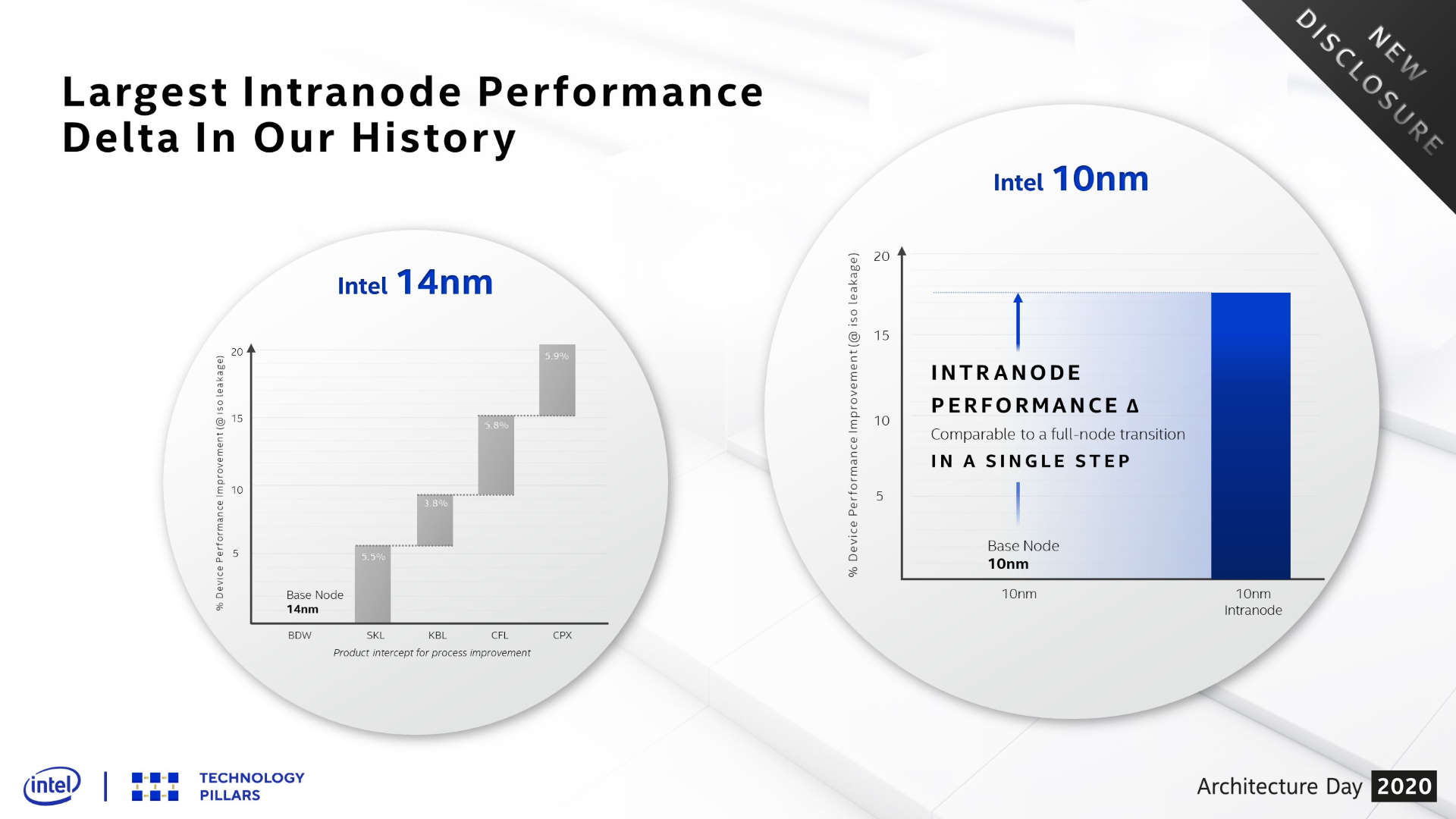
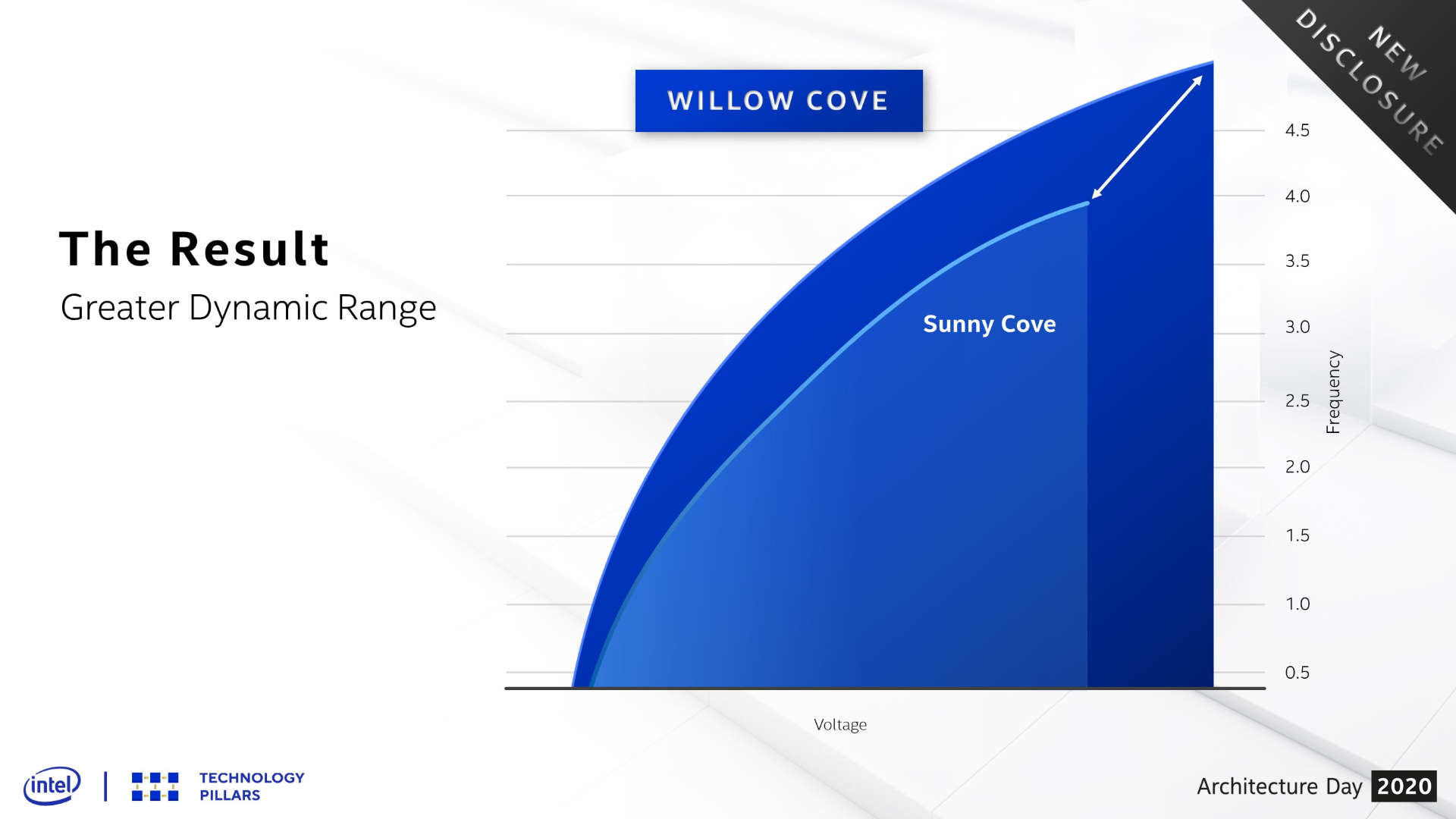
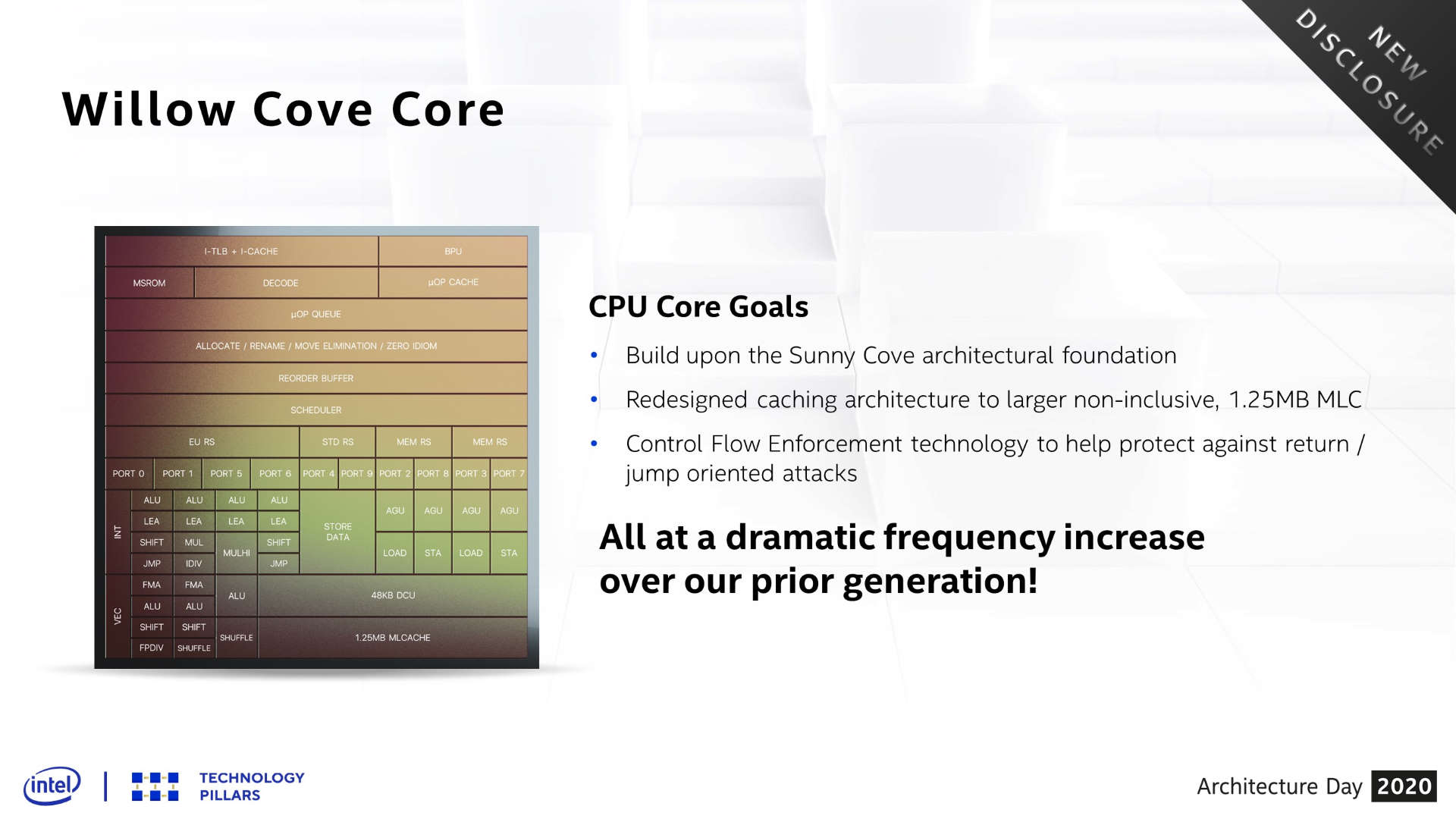


They're still only going to be quad-core chips, which you'd expect to mean AMD's beefy eight-core Ryzen Mobile processors will still outshine them. But Intel is suggesting that we might be surprised at just what four Tiger Lake cores will do against eight Ryzen.
The biggest gaming news, reviews and hardware deals
Keep up to date with the most important stories and the best deals, as picked by the PC Gamer team.
That's not the only new slice of silicon on offer with Tiger Lake, as taking up a huge chunk of the die space will be the new Intel Xe LP graphics tech. With 96 execution units it's the largest integrated GPU Intel has ever dropped into any CPU, and is expected to actually offer some decent gaming performance on its own.
There has been speculation that the Intel Xe DG1 discrete GPU, also shipping this year, will find its way into Tiger Lake laptops, with the potential for it to work in tandem with the integrated Xe GPU in the CPU itself.
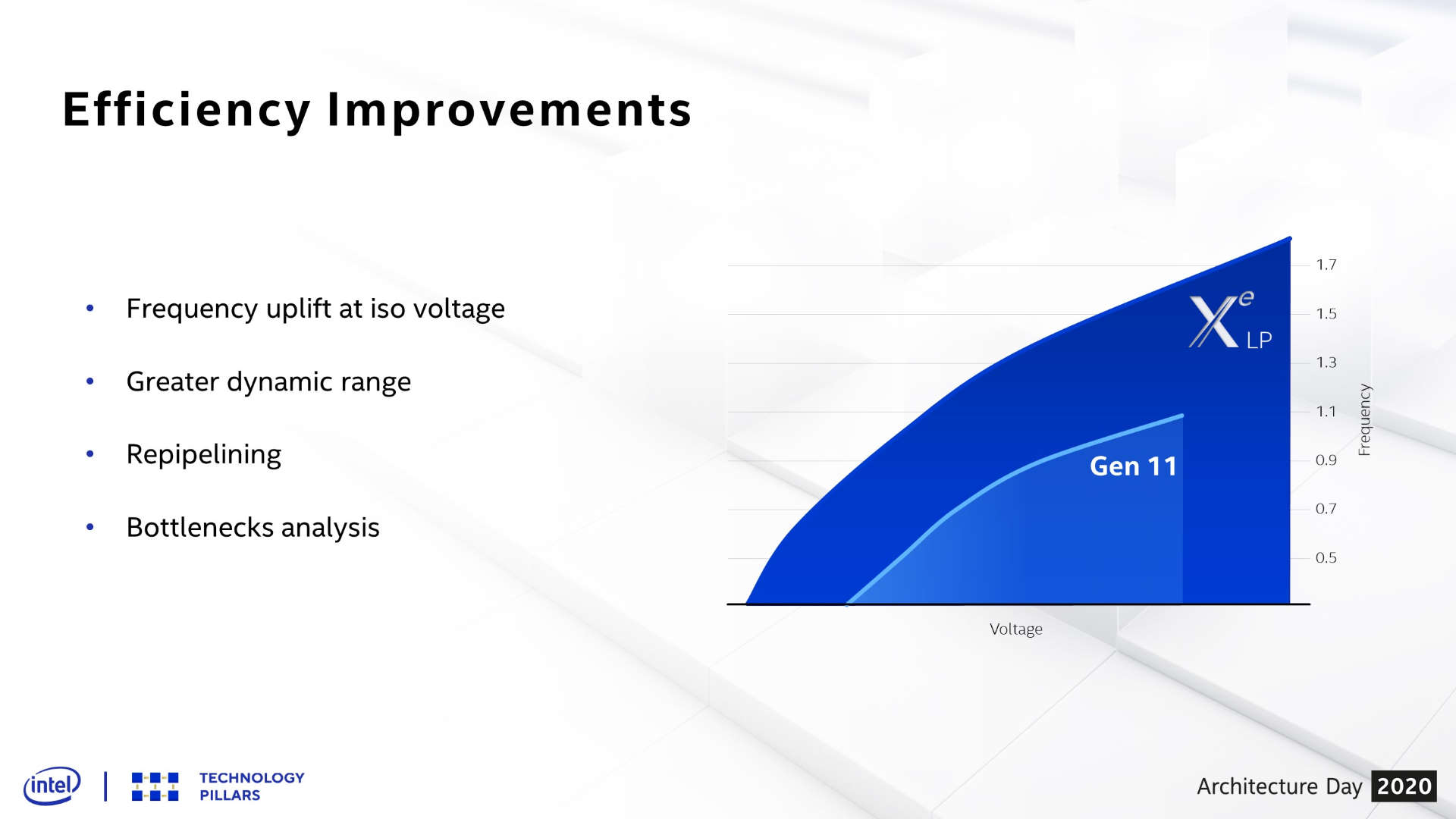

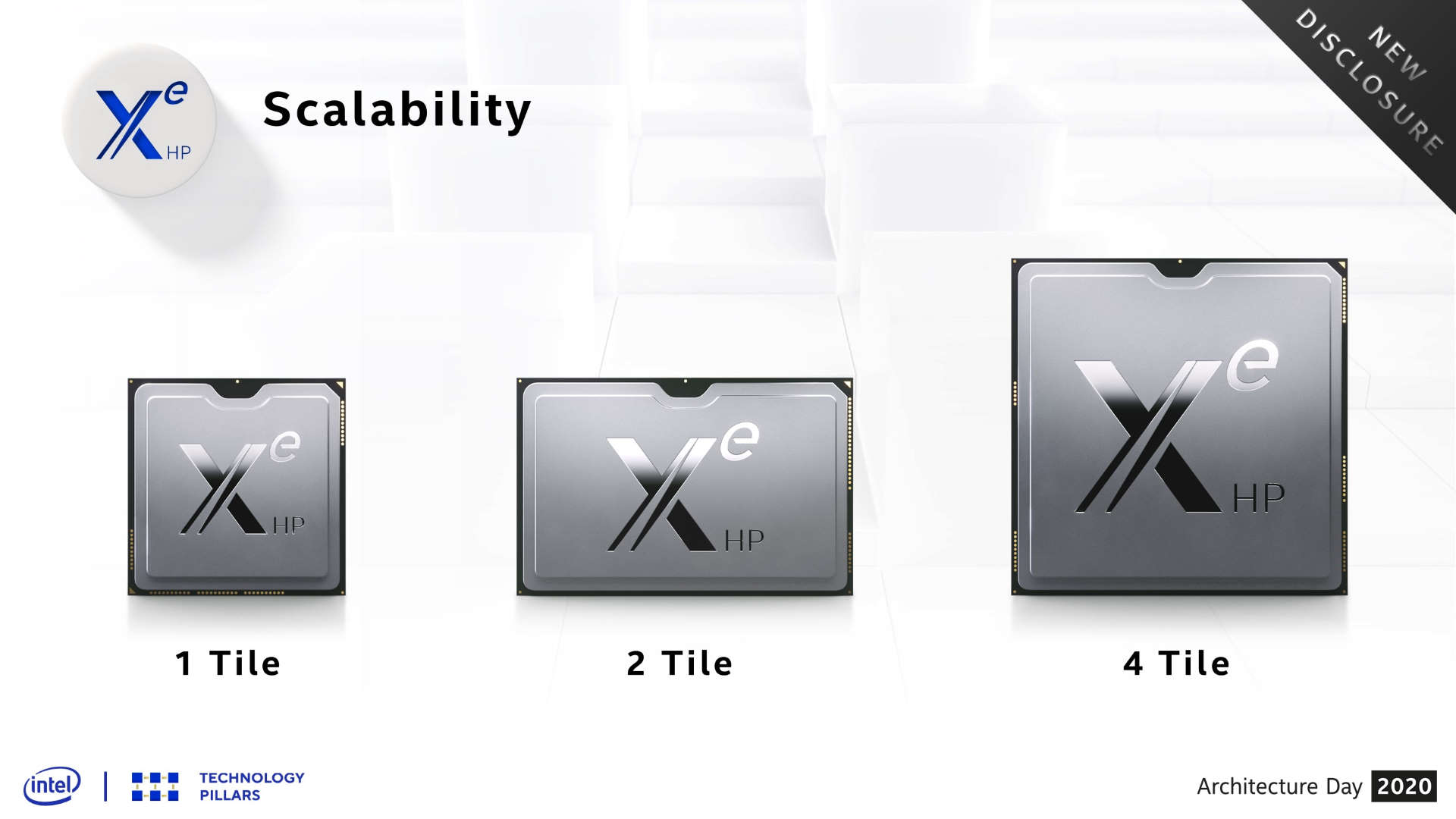
That, however, is still pure speculation, and any multi-GPU meshing would surely be too tough a nut for Intel to crack this time around.
Though there is talk about the scalability of the Xe GPU architecture and the use of multiple Xe tiles in the HP design, but that's far easier to manage in datacentre graphics chips than anything that's trying to spit out Horizon Zero Dawn frames.
Intel Tiger Lake laptops will be arriving in September, and I for one am looking forward to the potent possibility of some serious thin-and-light gaming performance out of something so svelte as a Dell XPS 13. Mmmm.

Dave has been gaming since the days of Zaxxon and Lady Bug on the Colecovision, and code books for the Commodore Vic 20 (Death Race 2000!). He built his first gaming PC at the tender age of 16, and finally finished bug-fixing the Cyrix-based system around a year later. When he dropped it out of the window. He first started writing for Official PlayStation Magazine and Xbox World many decades ago, then moved onto PC Format full-time, then PC Gamer, TechRadar, and T3 among others. Now he's back, writing about the nightmarish graphics card market, CPUs with more cores than sense, gaming laptops hotter than the sun, and SSDs more capacious than a Cybertruck.

